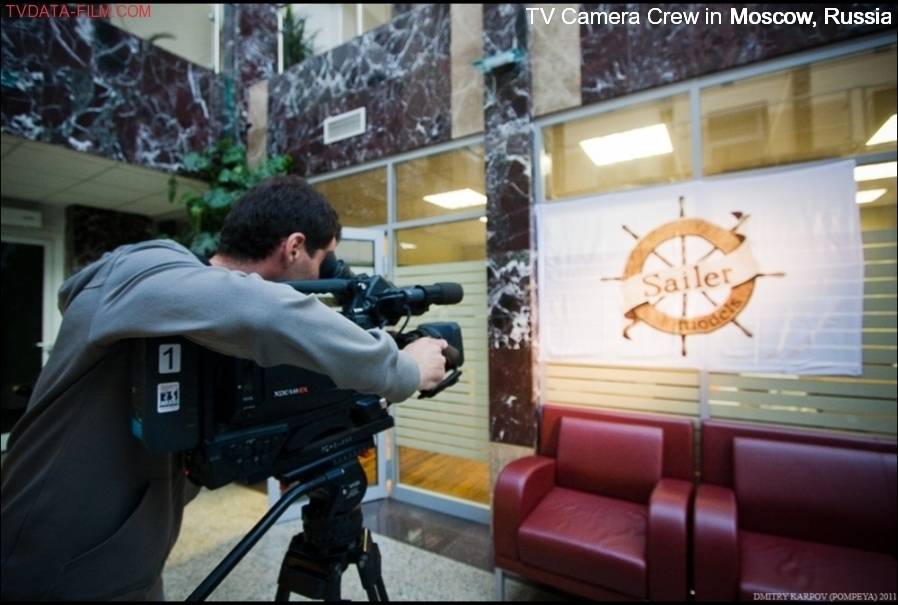Explore the 1998 Russian financial crisis with TVDATA.tv’s exclusive stock footage. This genuine footage from August 1998 captures the dramatic events of Russia’s Ruble Crisis and the impact of global factors. Our stock footage showcases the economic turmoil as Russia faces declining productivity, a massive fiscal deficit, and a strict exchange rate system.
High-quality stock footage videos of the 1998 Russian financial crisis
Key moments include the Russian government devaluing the ruble, defaulting on domestic debt, and halting foreign debt repayments on August 17, 1998. Ideal for media professionals, our clips provide a vivid portrayal of this historic financial crisis. Access our collection for high-quality stock footage of the 1998 Russian financial crisis and related economic events. Our stock footage captures the ripple effects: inflation skyrockets, the banking system crumbles, and the economy contracts severely. This global financial disturbance reverberates within Russia, drastically affecting the lives of its citizens.
The new paper currency featured updated designs
It is reflecting Russia’s cultural heritage and economic aspirations. These changes were essential in restoring confidence in the national currency and supporting economic recovery.
Ideal for media professionals, our clips provide a vivid portrayal of this historic financial crisis.
Russia’s Financial Meltdown: 1998 Economic Turmoil Stock Footage
Explore the gripping saga of Russia’s Financial Meltdown with our exclusive 1998 Russian economic turmoil stock footage. Witness the dramatic events that shook the nation and the world. Our comprehensive collection offers a vivid portrayal of the economic upheaval, political fallout, and social impact of this historic crisis. License our unique footage to gain an in-depth look at the pivotal moments of Russia’s 1998 financial turmoil.
Access our collection for high-quality stock footage videos of the 1998 Russian financial crisis and related economic events. Our stock footage videos capture the ripple effects: skyrocketing inflation, a collapsing banking system, and severe economic contraction. This global financial disturbance reverberates within Russia, drastically affecting the lives of its citizens.
Russian economy economic turmoil Russian economy, stock footage, economic turmoil
By August 25, 1998, our videos portray a nation wrestling with crisis. Witness the rapid decline of the ruble’s value, out-of-control inflation, and the collapse of the stock market. Our footage reveals banks on the brink of failure and anxious citizens racing to secure their savings.
#SovietUnionCollapse #StockFootage
Russia’s 1998 Economic Crisis
The footage captures the sweeping political and social upheaval of this international financial storm. Witness the resignation of Prime Minister Sergei Kiriyenko, the political trials faced by President Boris Yeltsin, and the rise of communist and nationalist parties. Relive this critical chapter in Russian history with TVDATA.tv’s exclusive stock footage. License our gripping video clips for an up-close view of the 1998 Russian financial crisis—a global event that shook the nation.
The Pitfalls of Rapid Market Liberalization in 1990s Russia
During the 1990s, Russia transitioned from a centrally planned economy to a market economy. This transition was heavily influenced by foreign economists and international financial institutions like the International Monetary Fund (IMF) and the World Bank. They recommended rapid market liberalization, privatization, and austerity measures, which many believe were implemented too quickly and without adequate support systems, leading to economic instability.
What Went Wrong:
- Speed of Implementation: The advice to rapidly liberalize the market did not account for the need for gradual transition. The swift changes overwhelmed the economy and led to chaos.
- Lack of Support Systems: The recommended measures were implemented without establishing the necessary institutional frameworks and social safety nets. This left many Russians without support during the transition, exacerbating poverty and social unrest.
- Privatization Issues: The rapid privatization process often resulted in the transfer of state assets to a few individuals, leading to widespread corruption and the rise of oligarchs. This concentration of wealth created significant economic disparity and social tension.
- Austerity Measures: The strict austerity measures recommended by the IMF and World Bank led to significant cuts in public spending. This reduced the quality of essential services and further deteriorated the living standards of the population.
- Overlooked Domestic Context: The advice often failed to consider Russia’s unique political, social, and economic context. What worked in other countries did not necessarily translate well to Russia, leading to unintended negative consequences.
In summary, the advice from foreign economists and international institutions, although well-intentioned, was often too rapid and not sufficiently tailored to Russia’s specific needs, contributing to significant economic and social instability during the transition period.
